Pump House by Branch Studio Architects, Melbourne
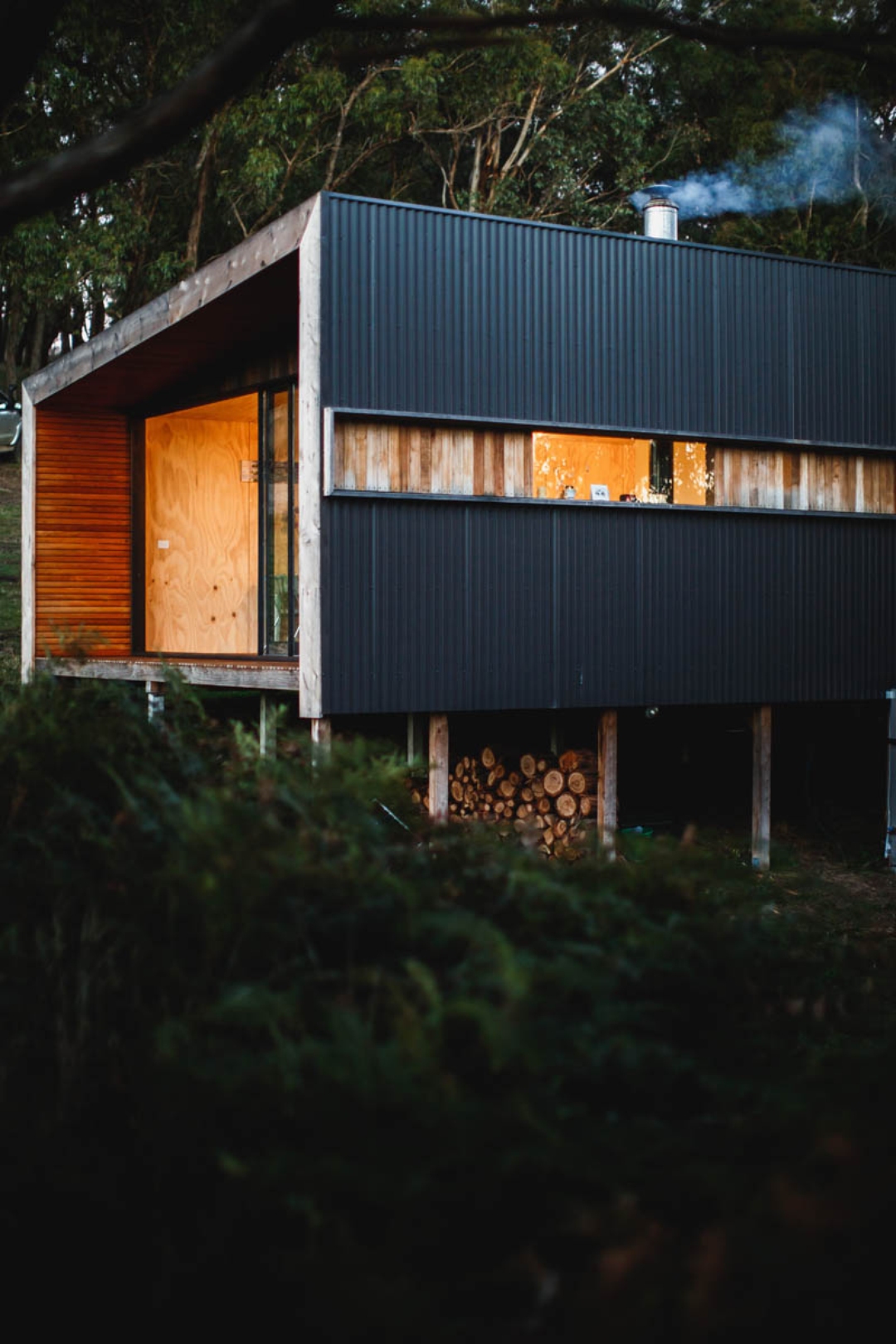 In architecture, the phrase "off the grid" often calls to mind structures made of shipping containers and prefabricated materials, producing an aesthetic that can feel somewhat flimsy and cold. Branch Studio Architects, however, have designed a self-sufficient home outside of Melbourne that embodies warmth and comfort with its locally sourced timber-lined interior and natural lighting. Featuring a façade that opens to the lush landscape, the Pump House generates all its electricity from solar power panels, supplies water through a rainwater harvesting system, and uses scrap wood to generate heat.
In architecture, the phrase "off the grid" often calls to mind structures made of shipping containers and prefabricated materials, producing an aesthetic that can feel somewhat flimsy and cold. Branch Studio Architects, however, have designed a self-sufficient home outside of Melbourne that embodies warmth and comfort with its locally sourced timber-lined interior and natural lighting. Featuring a façade that opens to the lush landscape, the Pump House generates all its electricity from solar power panels, supplies water through a rainwater harvesting system, and uses scrap wood to generate heat.
Gateway to the McDowell Sonoran Preserve by WEDDLE & GILMORE, Scottsdale, Arizona
Within the McDowell Sonoran Preserve on the edge of the Phoenix Metro area, WEDDLE & GILMORE designed a lovely, minimalist visitor's center constructed of locally sourced rammed-earth that evokes the warm clay hues of the Sonoran Desert. Sustainability was incorporated into every facet of construction, from its net-zero energy consumption and water collection system, to a habitat restoration project that saw the revegetation of 1,500 cacti to the site, while boasting an enviable LEED-Platinum certification.
Stamp House by Charles Wright Architects, Queensland, Australia
Pushing the aesthetics of off-the-grid design even further, Charles Wright Architects' Stamp House looks more suited to the film set of Star Wars than on the front pages of sustainable design publications. Located on the edge of an environmentally sensitive FNQ beachfront rainforest in Queensland, the wild, carbon-neutral design boasts nearly every sustainable building practice on record: a 250,000-liter rainwater harvesting system; renewable solar energy generation; an on-site sewage treatment plant; shaded and insulated thermal mass engineering; a controllable building automation system. (The list goes on.) The Stamp House was built following a lengthy collaboration process between Queensland's national parks, environmental agencies, and state and local governments to ensure a lowest possible impact on the environment. It can also withstand the region's frequent cyclone activity
Alpine Cabin by Scott & Scott Architects, Vancouver Island, Canada
The Alpine Cabin tackles the challenge of reducing your carbon footprint while on vacation. Operating entirely without electricity and heated by a wood stove, this snowy mountain retreat is constructed out of locally harvested Cedar and Douglas Fir timber, echoing the palette of the surrounding forest, and can withstand Vancouver Island's harsh climate and strong winds despite its tiny 100-square-meter size.
Diogene by Renzo Piano Building Workshop, Weil am Rhein, German
Unveiled at renowned Swiss furniture company Vitra's campus in Weil am Rhein, Renzo Piano's Diogene is an experiment in living small and sustainably, reflecting the architect's obsession with minimalist design. Envisioned as a "voluntary place of retreat," the minuscule structure reflects the shape of the archetypal house, and functions completely off the grid, with vacuum panels and triple-glazed windows for insulation, photovoltaic and solar panels that provide 100% of electricity, a rainwater collection system, low-energy lighting, a low-water shower, waterless compostable toilet, and natural ventilation—to name just a few featur
Beckstoffer's Mill Net-Zero Senior Housing by Baskervill, Richmond, Virginia
In most cases, off-the-grid living takes the form of private residences in rural areas that can use the resources of the surrounding land. Baskervill architects, however, were commissioned to bring the benefits of sustainable living to a communal home for senior citizens in Richmond. Part of Beckstoffer's Mill community, originally founded in the early 1900s, Baskervill's design provides seven net-zero energy apartments, which harvest electricity from photovoltaic-rooftop cells, provide heating through thermal panels, and feature high-performing double-glazed windows. All appliances are Energy-Star approved, and the building is handicap accessible.
Berkshire Pond House by David Jay Weiner, Architects, Becket, Massachusetts
While living totally off-the-grid is supremely difficult to achieve in a typical residential setting, David Jay Weiner's Berkshire Pond House gets as close to it as possible. Featuring a dynamic façade of contrasting recycled wood and metal panels, the suburban home is designed to be both economical in construction and maintenance, based on the classic Case Study Homes of the 20th century, and boasts a closed loop geothermal heating and cooling system, as well as solar collectors to supplement the grid system. Much of the surrounding wildlife was left undisturbed and restored to natural growth.
Three Glens by Mark Waghorn, Moniaive, United Kingdom
Envisioning a self-sufficient farmhouse for the 21st century, Mark Waghorn was commissioned to design a home that would not only provide a sustainable lifestyle for a family, but also act as a place in which to encourage, teach, and inspire others to adopt a sustainable approach to energy, business, and life. The rustic home is clad in local oak timbers and features a roof made of turf taken from a neighboring field. Insulation is provided from the farm's own treated sheep's wool. A 34-meter wind turbine generates enough electricity for 25 homes, allowing the Three Glens farmhouse to export excess electricity to the National Grid.
Soleta ZeroEnergy One by Justin Capra Foundation for Invention and Sustainable Technologies, Romania

On display outside the US Embassy in Bucharest, the Soleta ZeroEnergy One is a concept home that emerged from a new generation of progressive, eco-minded designers in Romania. The micro-sized modular unit is just 48-square-meters, constructed of only locally sourced and natural materials, including a laminated wood structure, and wood shingles for the roof. Soleta takes efficient design one step further, with the ability to control the home's high-tech energy efficient systems from your smart phone, a feature that is seamlessly worked into the more rustic appearance.
NOMAD Micro Homes by Ian Lorne Kent
Taking inspiration from do-it-yourself projects and flat-pack design, NOMAD Micro Homes are a groundbreaking sustainable solution for the DIY-enthusiast. The home kit comes in a tiny, lightweight box that can easily be shipped anywhere, and includes all the necessary materials for construction—without the need for any power tools. Consisting of one 10-ft by 10-ft space, NOMAD kits provide a living room, kitchen, bathroom, staircase, and sleeping area and somehow manages to provide privacy. NOMAD's designers envisioned their micro-home to reduce consumerism while providing an easy-solution to living sustainably. NOMAD homes come with the option of a pre-engineered green package, which provides a solar energy system, rainwater collection system, and grey water treatment all for less than $30,000.

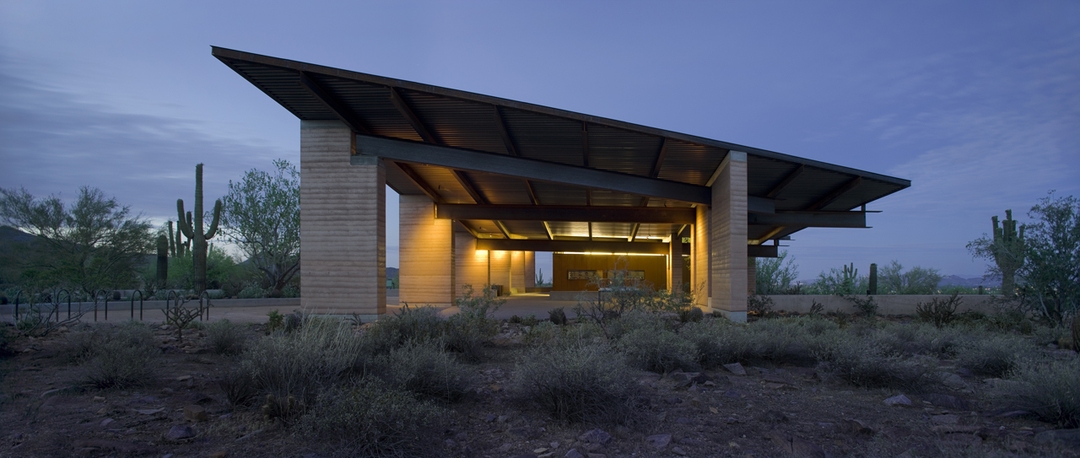
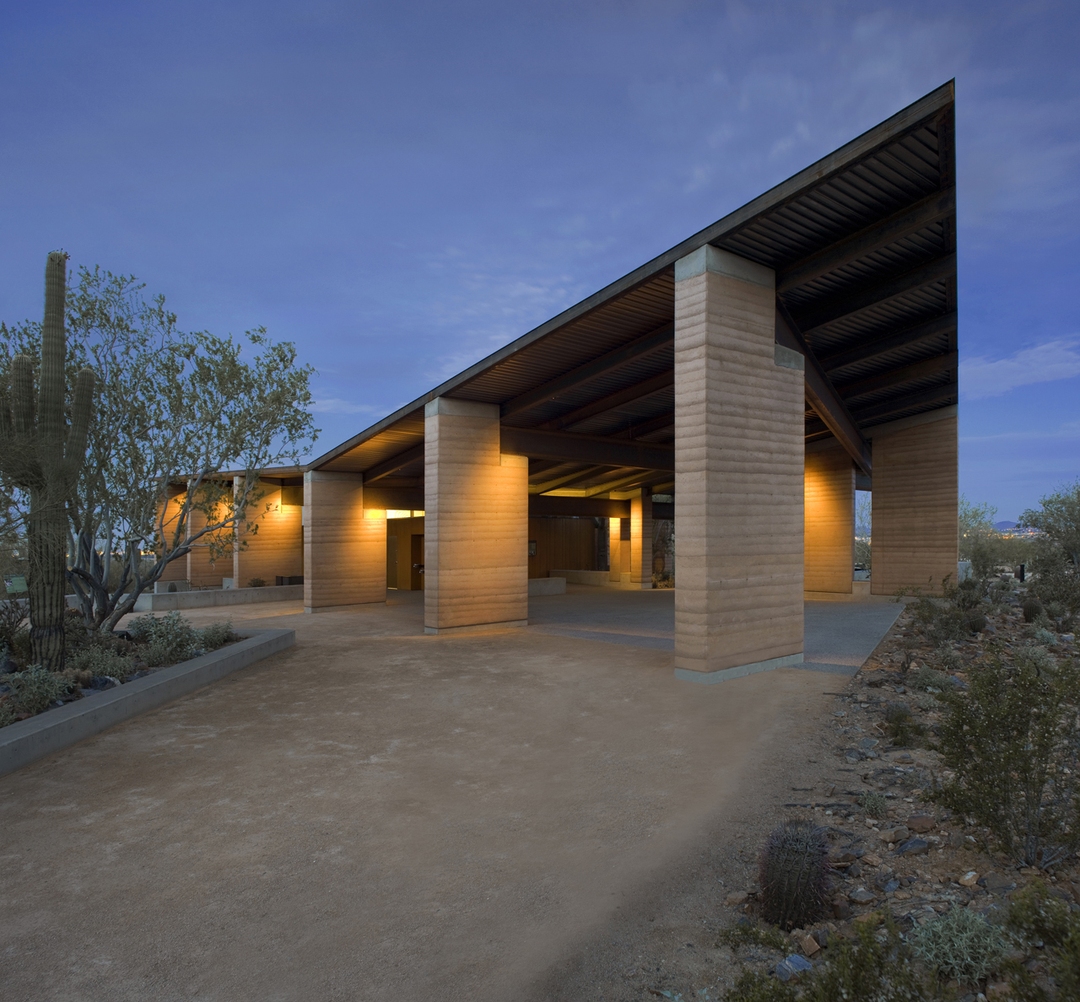
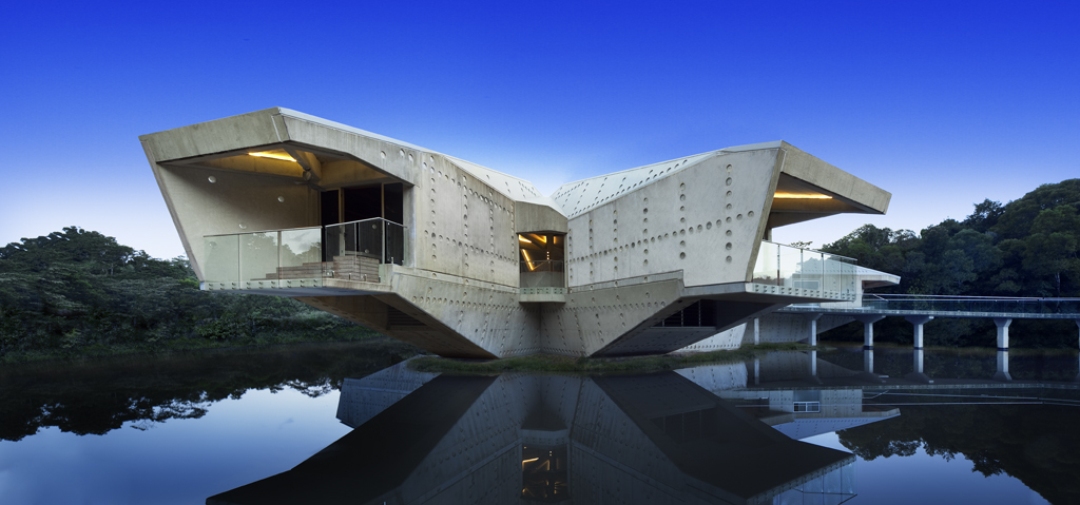
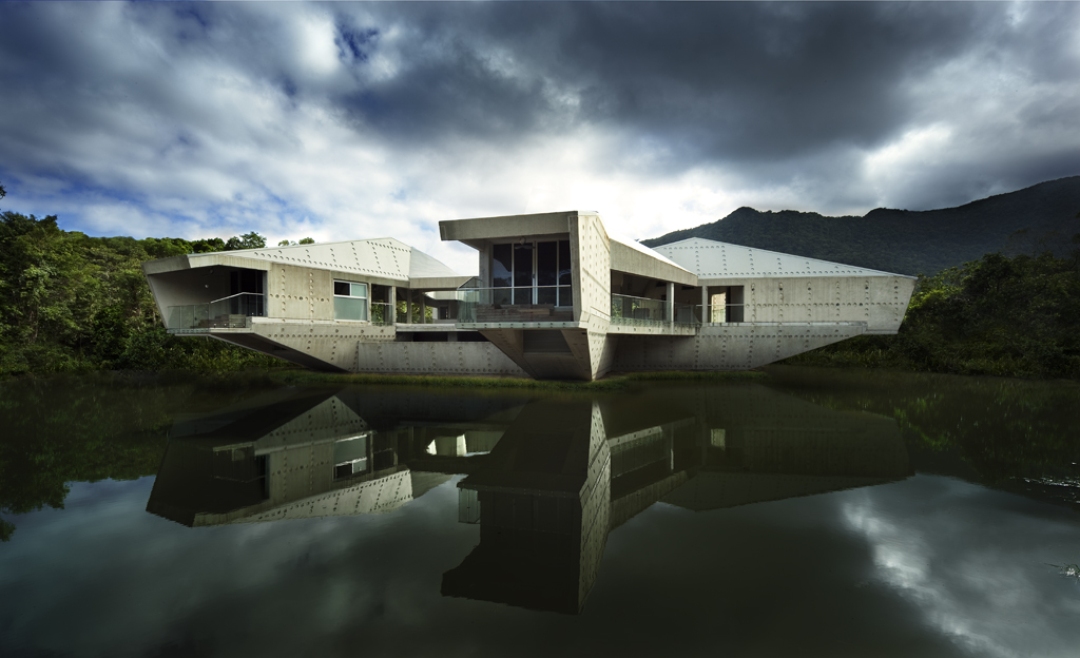
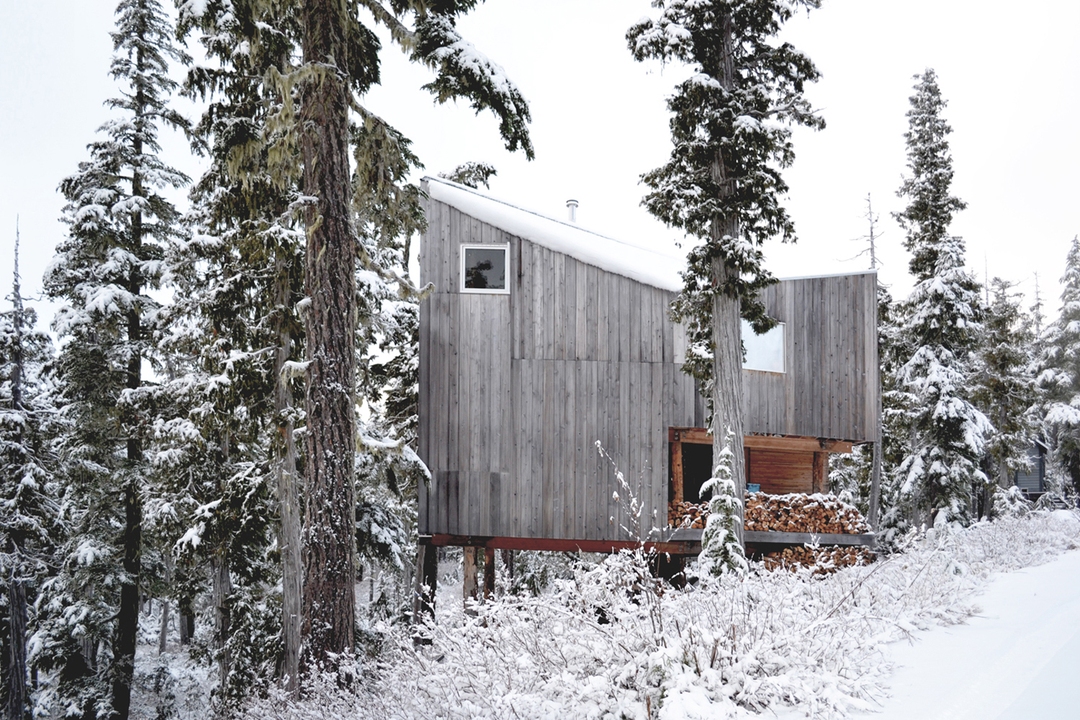
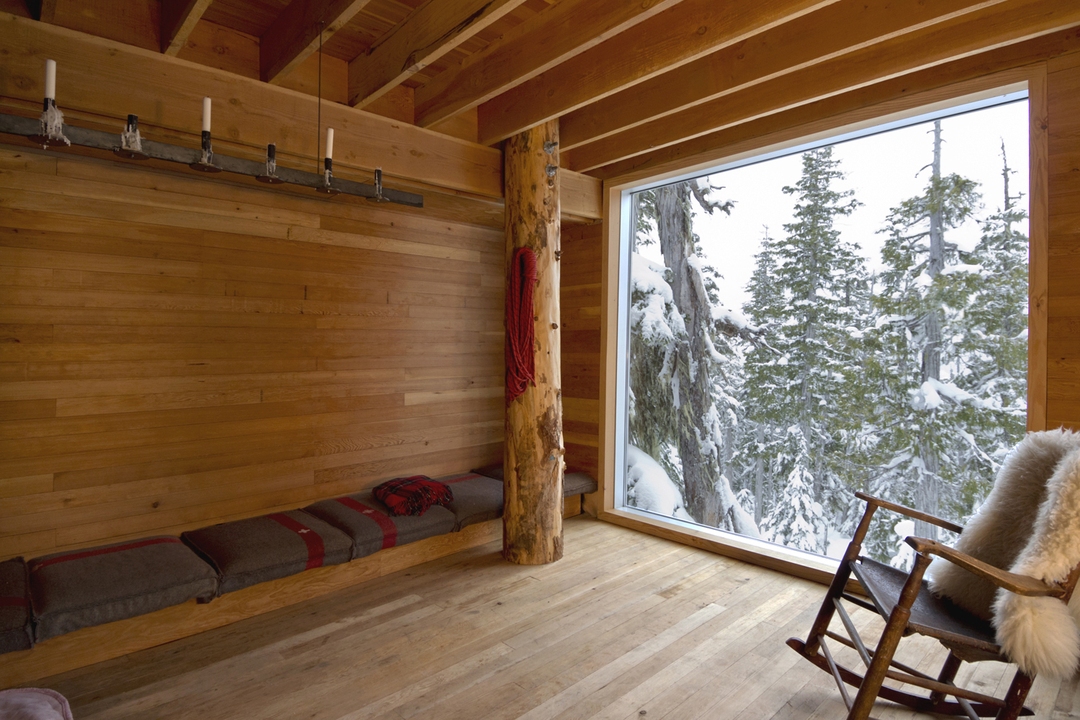
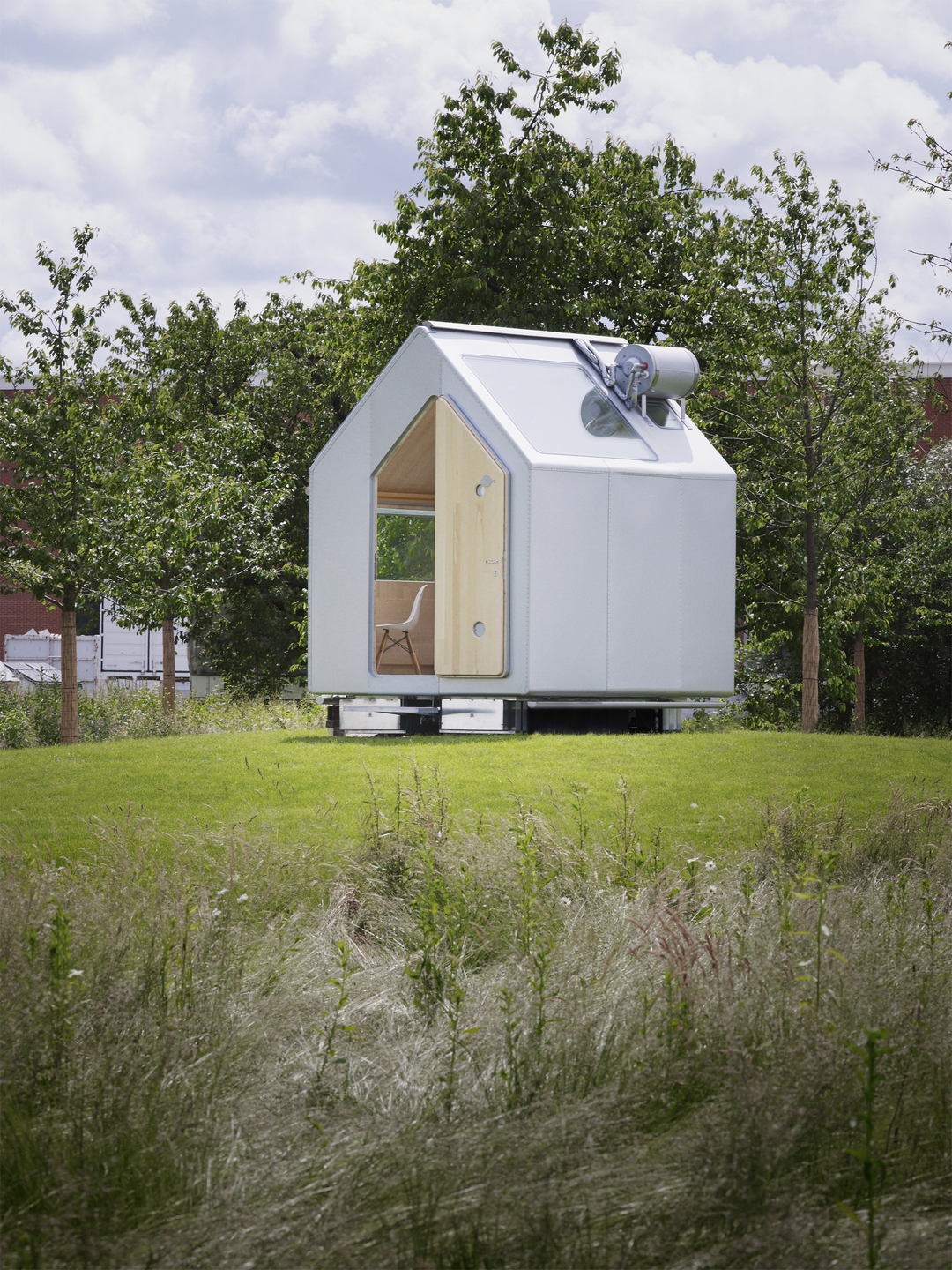
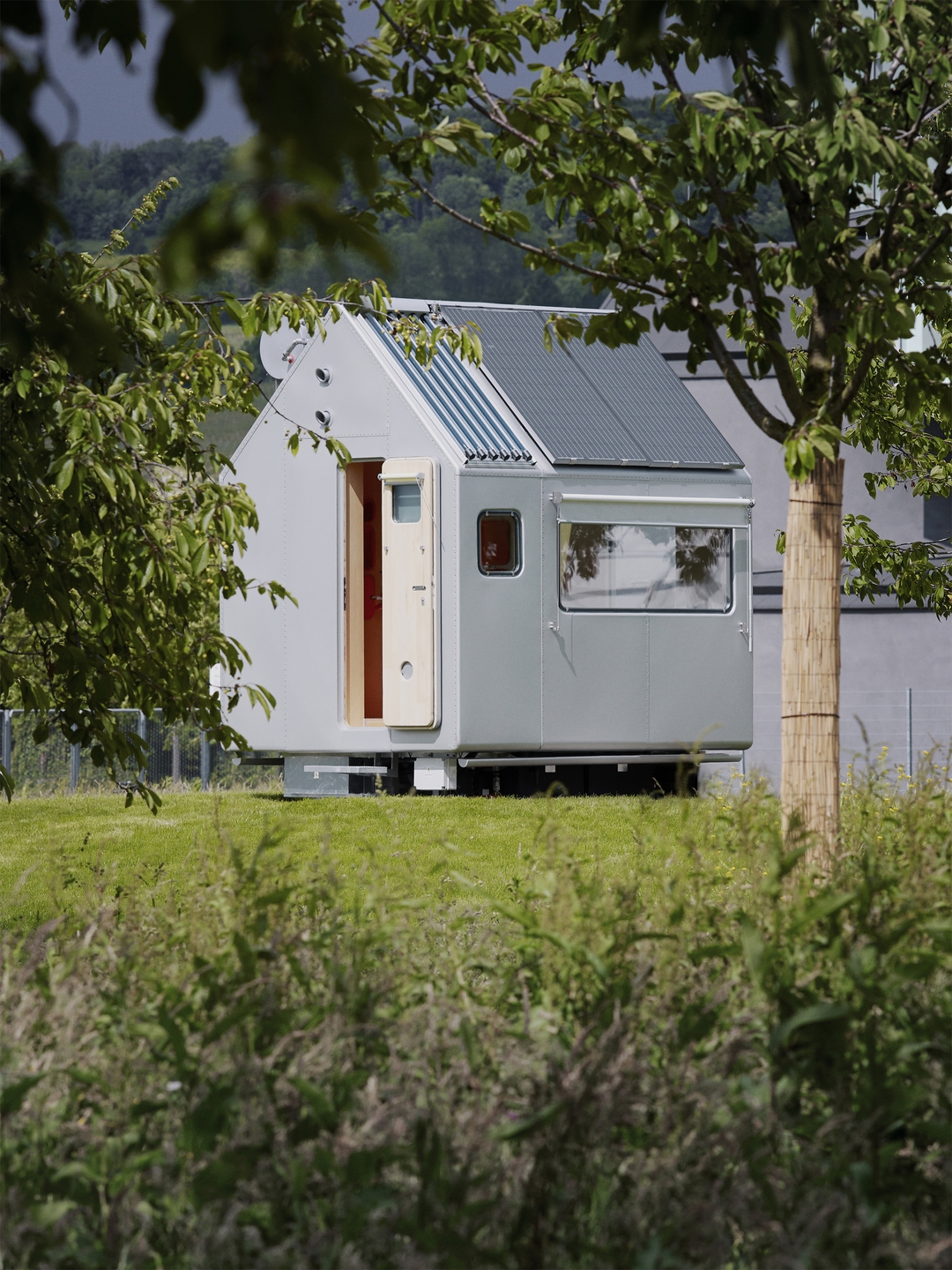
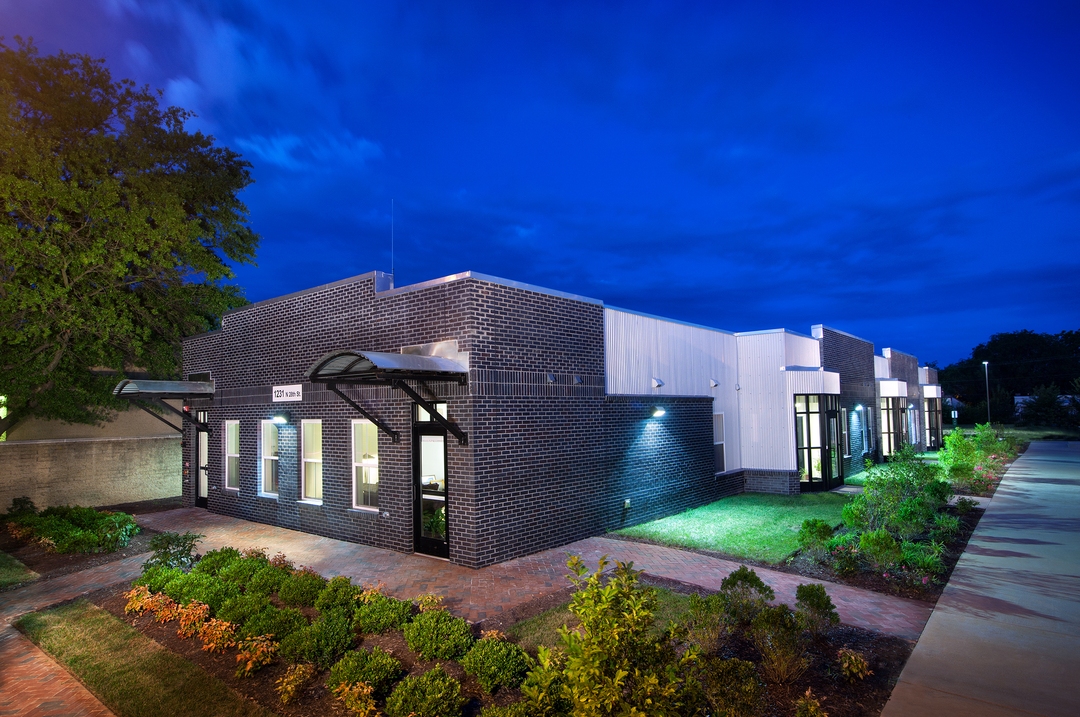
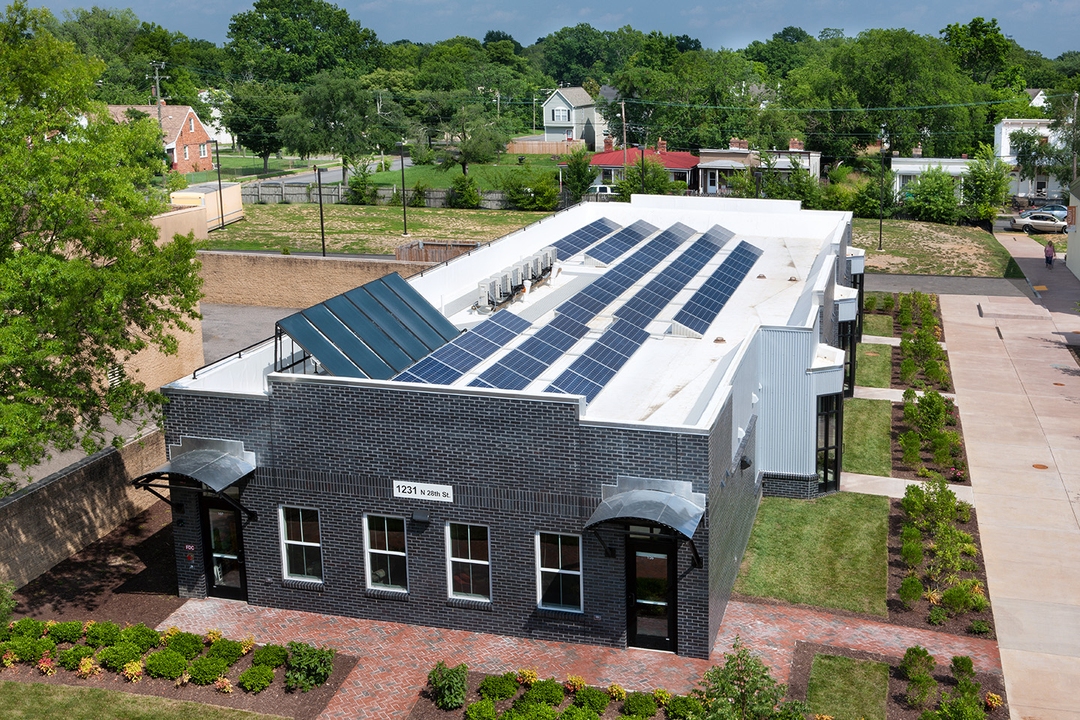
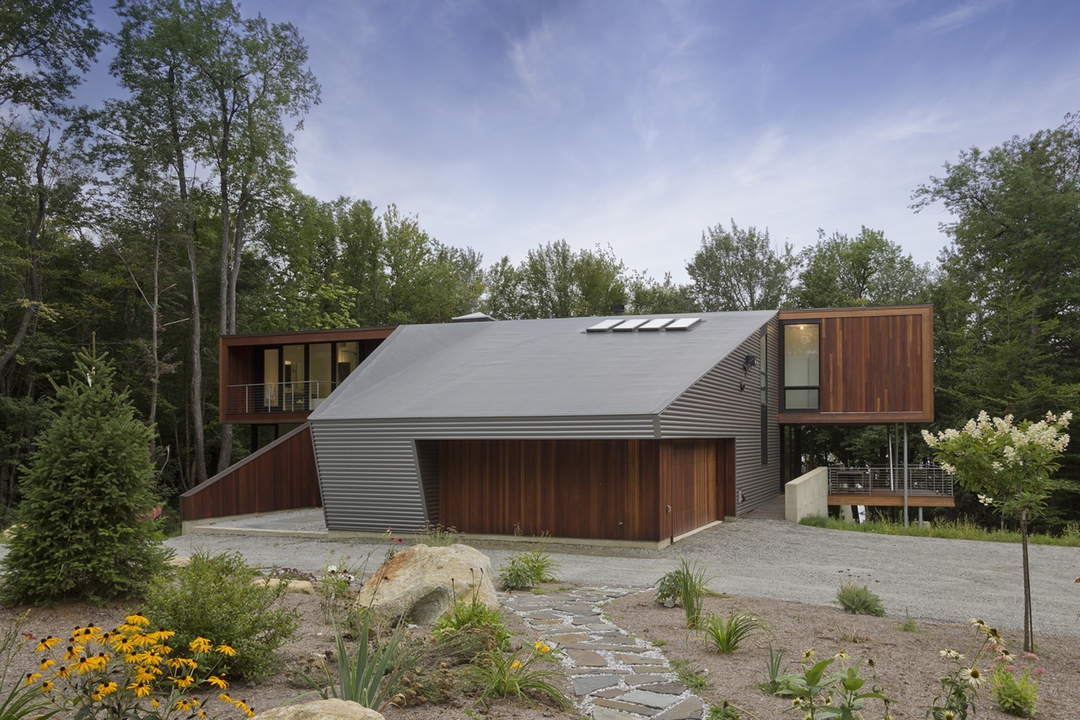
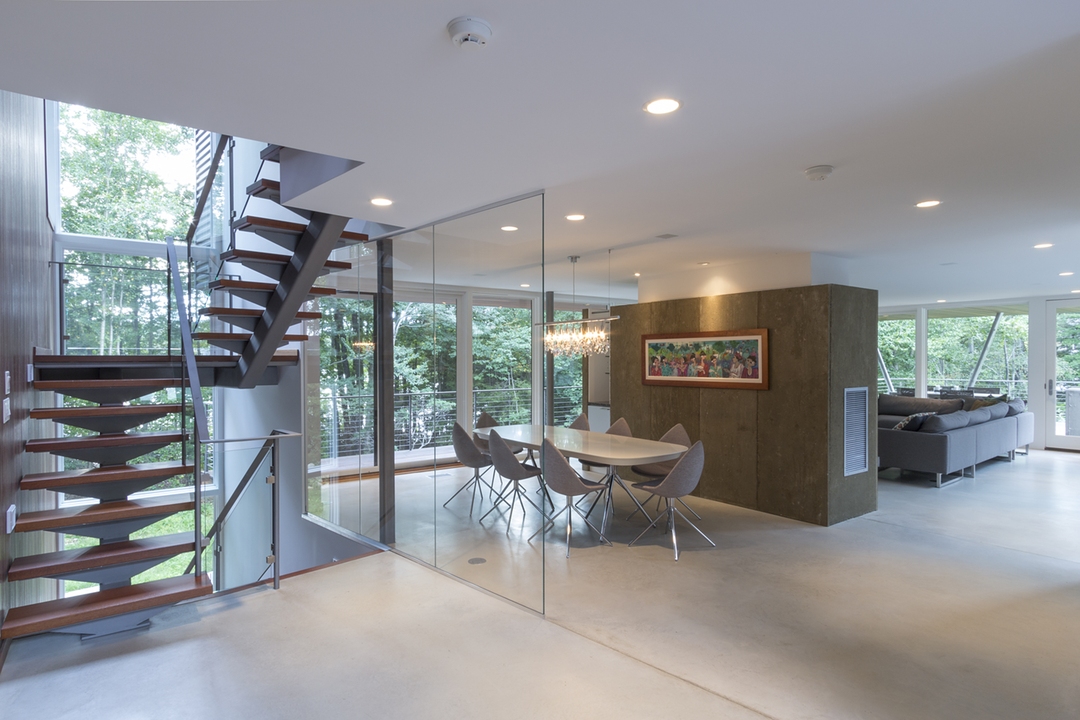
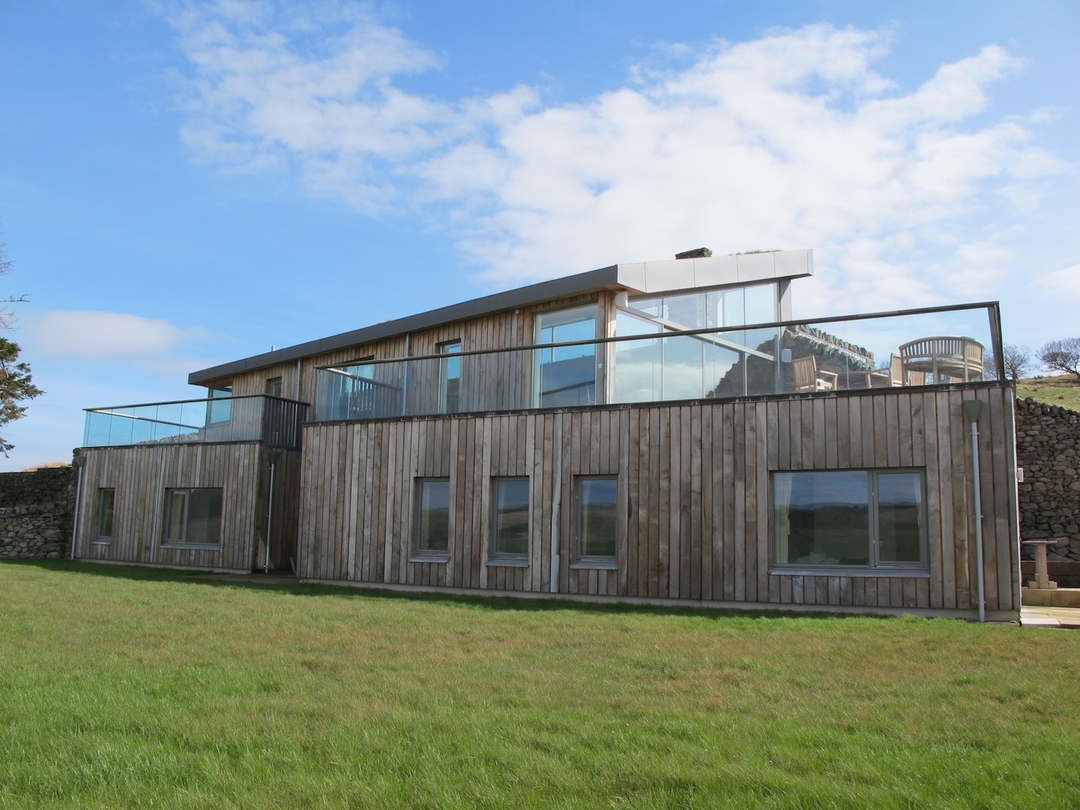
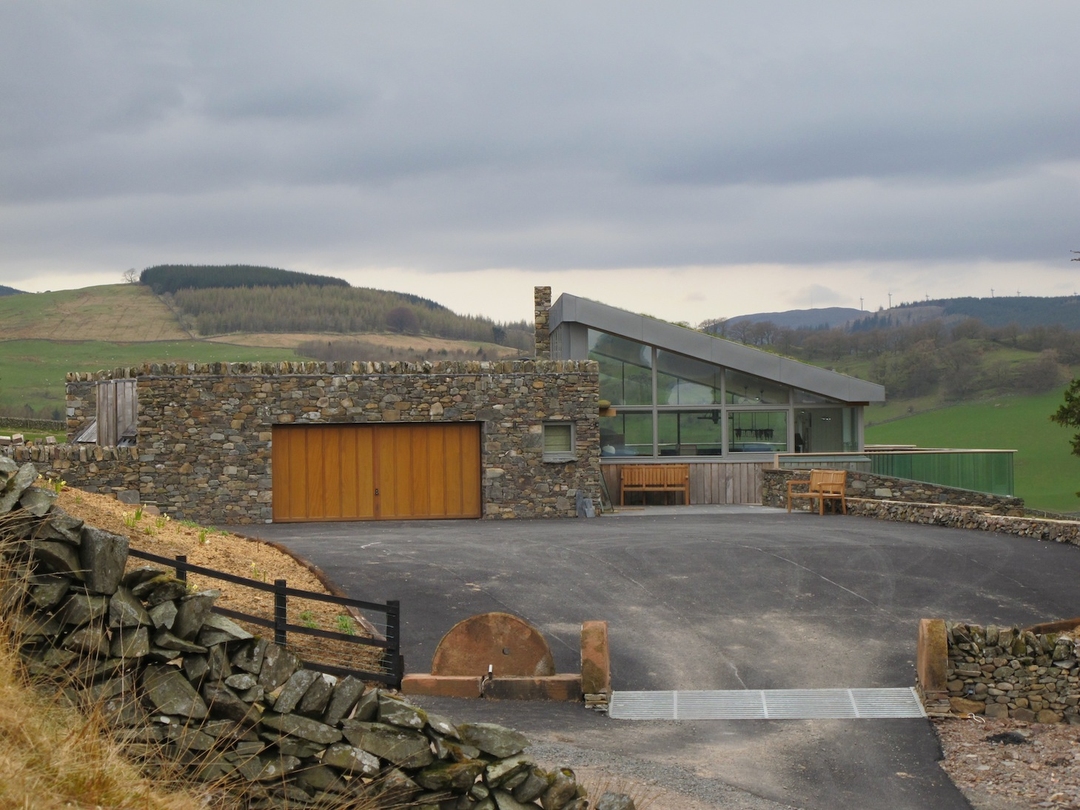
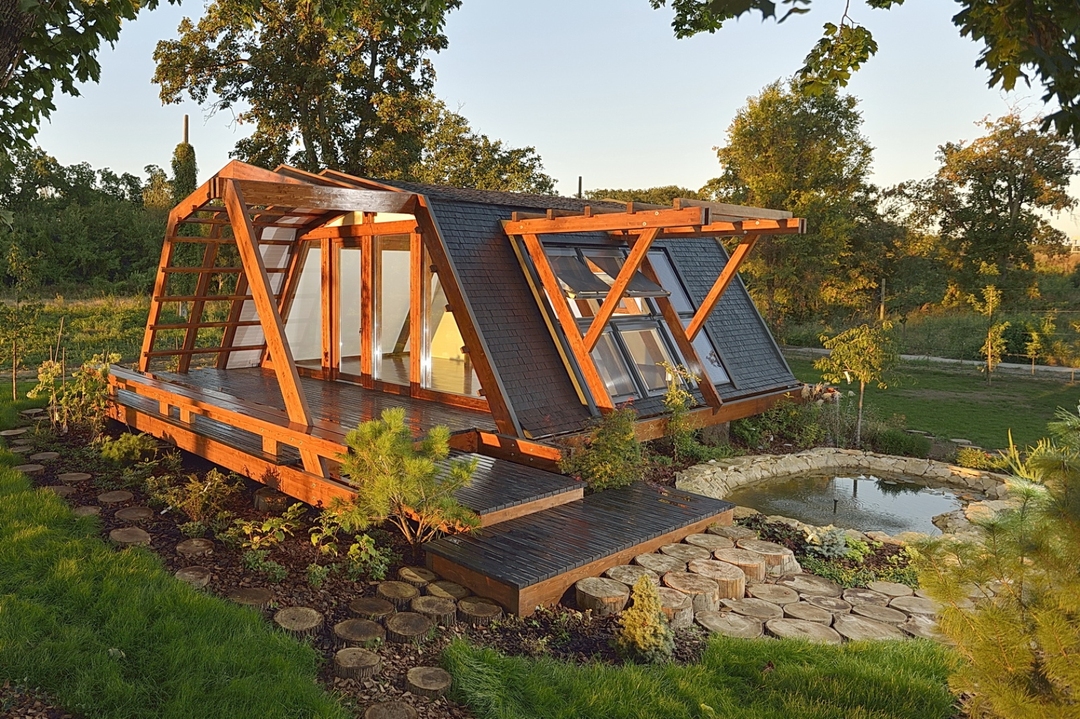
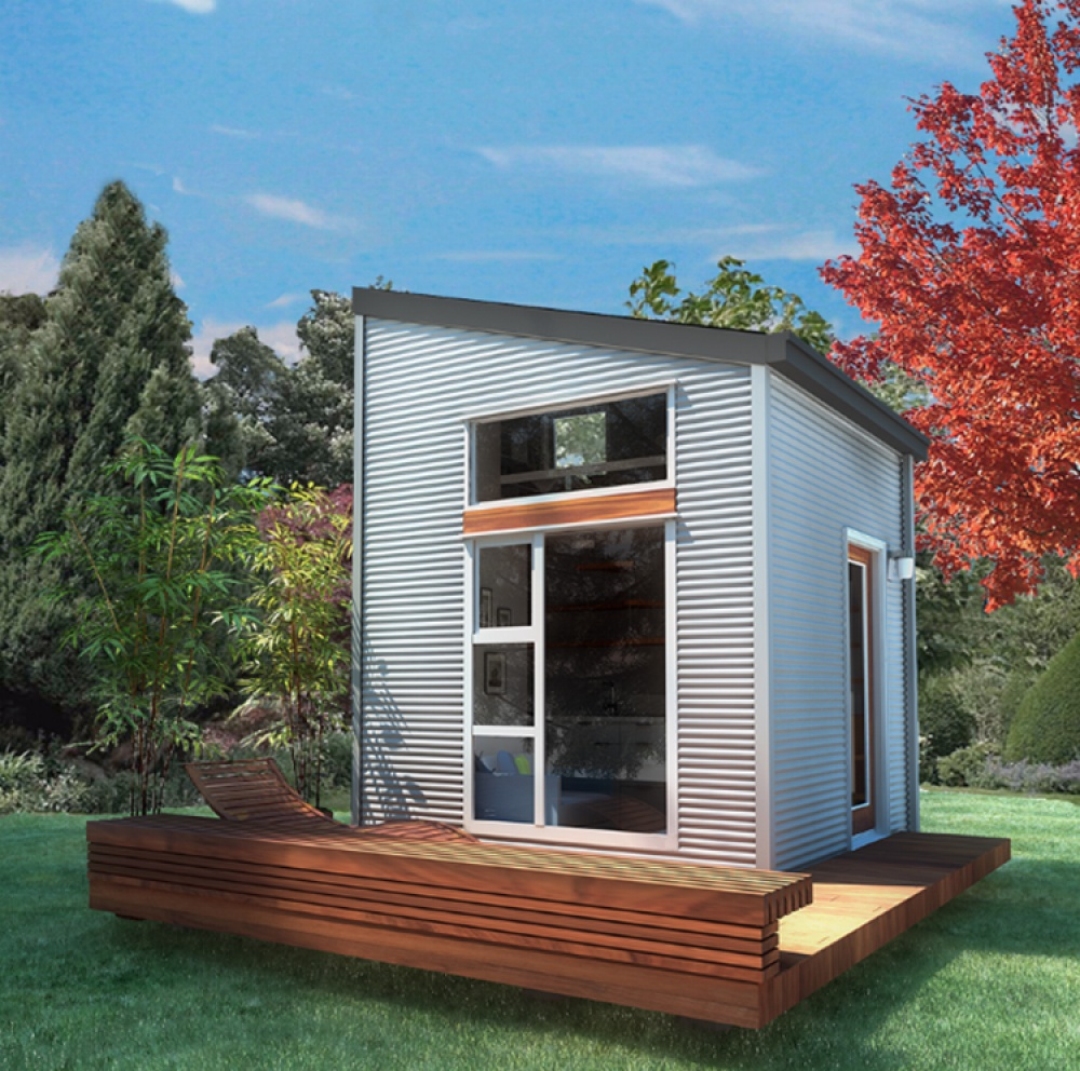
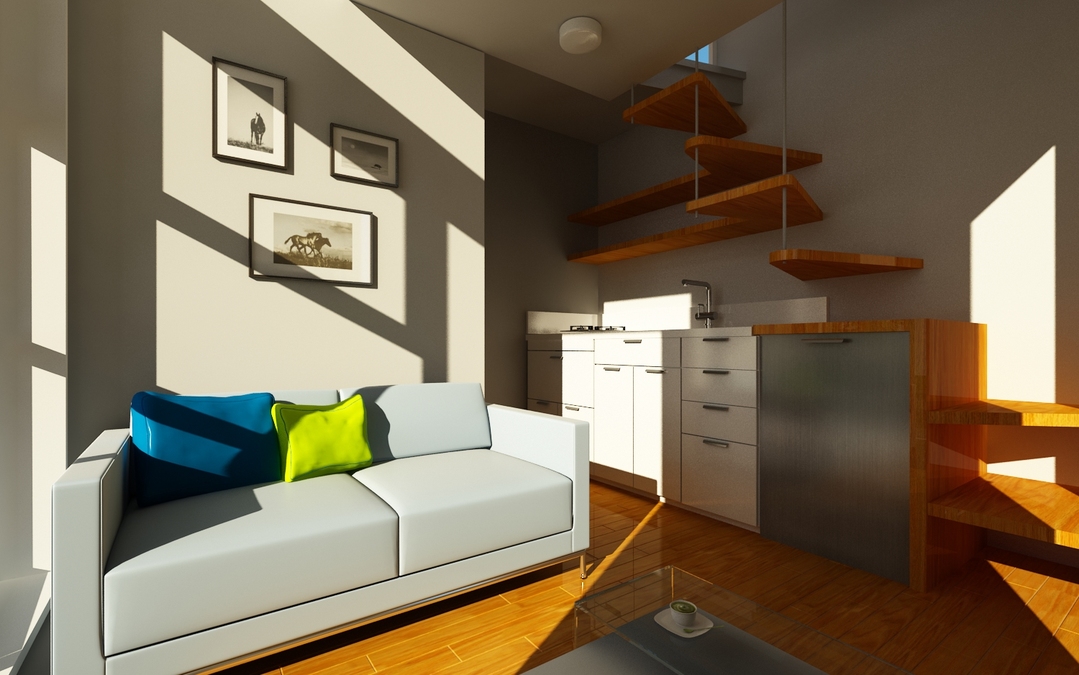







최근댓글